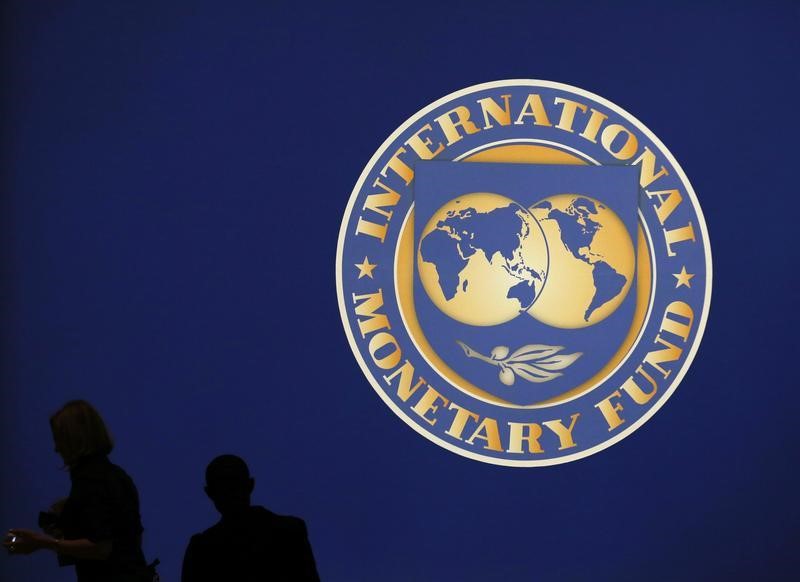BELGRADE (Reuters) - The International Monetary Fund praised Serbia on Friday for reforms it said were generating economic recovery, but said some risks remained.
The IMF said it had completed its third review of a 1.2 billion euros (1 billion pounds) stand-by loan with Serbia, approved in February, and this meant a cumulative total of 627 million euros was now available as a safety net for Belgrade to draw on if needed.
Serbia has repeatedly said it considers the deal as precautionary and has no plans to draw funds.
Last month the Fund raised its forecast for Serbia's 2015 economic growth to 0.75 percent from 0.5 percent and projected 2016 growth of 1.75 percent.
In a statement, IMF Deputy Managing Director Min Zhu said Serbia's economy continued to recover on the back of efforts to strengthen public finances, address structural weaknesses and improve the business climate.
He also warned of the need for reducing fiscal risks and offloading big state-owned enterprises.
"It is important to take decisive actions toward implementing the commitments in the area of large SOEs,
especially in the energy and transport sectors, and ... resolution of enterprises in the portfolio of the Privatisation Agency," he said.
In line with the terms of the loan deal, Serbia's parliament on Dec. 12 adopted a 2016 budget setting the deficit at 3 percent of economic output.
The IMF praised Serbia's fiscal over-performance in 2015 but said Belgrade now needed structural adjustment of around 1.5 percent of GDP in 2016 and 2017 to place debt, currently at around 76 percent of output, on a downward path.
To get the loan agreement, the government of Prime Minister Aleksandar Vucic cut pensions and public-sector wages in October 2014. It is raising them by a minimal amount in 2016 after securing higher revenues this year.
In the 2016 budget, the government set out plans to trim the bloated public sector by laying off around 30,000 people, or 6 percent of the workforce.
($1 = 0.9228 euros)
